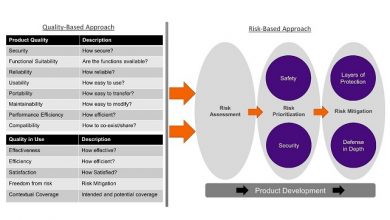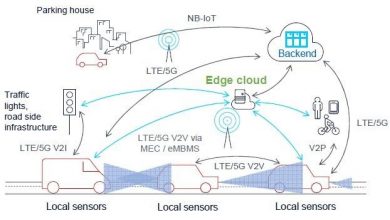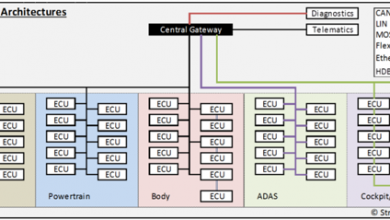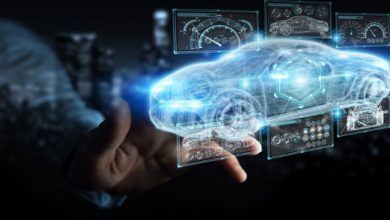Automotive industry across the globe is now in a transition
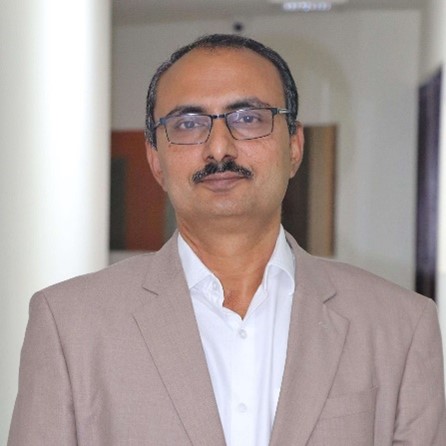
Shinto Joseph, Director South East Asia Operations, LDRA India; shares his views about automotive industry, emerging connected vehicle ecosystem and challenges related to data from connected vehicle
The automotive industry across the globe is now in a transition stage. And currently, the most happening concept on which many technologies are focusing is called the PACE (Personalised Autonomous Connected and Electric). AI-ML algorithms could be used to provide customers with a personalised experience and other comforts. So to make autonomous driving a reality, Semicon players are developing smart chips with new advanced sensor technologies and complex centralised computing architectures that can replace the current decentralised multiple ECU-based computing frameworks. 5G will be another enabler that connects the ecosystem framework and provides the bandwidth that modern telematics players need. With sustainability goals becoming a priority for countries, taxation and regulation will force companies to move towards more eco- friendly electric cars, making customers reap the evolution of PACE.
Shift towards electric & hybrid vehicles in India and role of automotive telematics, if any
Worldwide we can see the shift towards electric vehicles, driven by a few major Western and Chinese OEMs. But some Japanese OEMs favour the hybrid approach as they want a safer move to start with. And in the Indian subcontinent, OEMs are trying to make the existing models fully electric or hybrid because it will drive profitability on their investments while the sales volume picks up. We are also witnessing an increase in the launch of electric models in the two-wheelers space. Even many state governments have started pushing their public transport systems to become fully electric. Customers will surely invest in a future-ready car in terms of fuel and connectivity features. With the roll-out of 5G, the customers will demand services that can utilise the potential of 5G, creating a boom for the telematics domain. With cars becoming more than just a means of transportation, the start-ups coming up with technological disruptions and electronics and software leaders with innovative mindsets will play a vital role during this transition period.
Data security and storage in an emerging connected ecosystem
Across the globe, for anything that is connected, security is a concern. In the automotive industry, we have connectivity and security issues at two levels—First, involving all internal sub-systems and connectivity and security between those sub-systems; Second, the security of external sub-systems, where telematics plays a significant role. Therefore, increasing the attack surfaces means increasing the security threat, even to the extent that a hacker can take control of the vehicle and use it as a terror weapon. And this is the reason why ISO SAE 21434 security standard is prevalent today and why ECU shipped should be security compliant as per the new EU regulation. In India, equivalents regulation will be enforced very soon, as connected automotive can quickly become a national security challenge. While a lot of data is produced and shared across various stakeholders, we must develop proper standards and regulations on data security and privacy in this area and our country. The introduction of ISRO’s NavIC chipset is the right move in that direction.
New developments in LDRA
LDRA is a traditional product company from the UK with over 45+ years of successful track record in mission and safety-critical markets. Traditionally we are known in the aerospace and defence industry. As the automotive industry started evolving, the semiconductor industry, particularly catering to the automotive sector, has become a focus area for us. Our customer acquisition in the automotive sector was phenomenally successful because we had mastered this game from the aerospace industry long back. With increased software content in modern cars, OEMs and vendors must create a testing and certification framework for their functional safety and security compliance requirements. This challenge is increasing day by day. Customers are looking to accelerate the testing and certification phase, reducing the time to market and bringing down overall project costs. We are now working on productivity enhancement tools for the industry and expanding our team in India to further develop our capabilities, particularly in emerging business and technology domains.
Views shared by: Shinto Joseph, Director South East Asia Operations, LDRA India

